2001-present: Life After Death
While it is a tragedy that Converse, the once all American Athletic footwear company no longer makes their shoes in America, they are not gone. Under Nike’s direction Converse is a shadow of its former self, as many of their products would not meet classic Converse’s high standards. Regardless many people still buy the more cheaply made Converse Chuck Taylor All Stars and love Converse’s First String shoe division. However it seems Asia in particular, has the most love for Converse’s Chuck Taylor All Star. Just in Thailand alone many residents not only collect Chuck Taylors, but they even collect them by what country made them. Behind Asia’s great love affair with this foreign product began in the 50s. After WWII much of Asia had been devastated by the war. In particular their domestic manufacturing. There were few factories left that made any products in Asia. The Americans likewise saw the opportunity to Americanize the Asian nations. Although this tactic widely failed, many Oriental people came to love a few US brands. Converse being one of those brands. Various US businesses exported their goods to different Asian territories. Japan and Thailand being important examples. Many rare Converse shoes have found their way to Thailand. Today the original spirit of Converse is alive and well, in Japan.

Back in the early 1980s Converse had inked a deal with with a few companies to make Converse products in Japan. Once Converse filed for bankruptcy in 2001, Converse’s Japan division became an independent entity. As Nike moved to take control of Converse in America, Converse in Japan was free. Free to continue Converse’s original path to redemption and relevancy.
![DSC03387[1]](https://blakplague.files.wordpress.com/2013/07/dsc033871.jpg?w=520&h=390)
At face value most people would be unable to understand the differences between Converse (Nike) and Converse Japan. Firstly its important to know that they are not the same company. Converse has different divisions in the UK, Brasil, Hong Kong, etc. Converse Japan is its own company, only they can make and sell Converse products in Japan. Whereas Converse (Nike) cannot sell their products in Japan and likewise Converse Japan cannot have a presence in America. The quality of both companies’ products is different. The quality of Converse’s basic product line, which is made mostly of the Chuck Taylor All Star, went down drastically after 2003, giving us the modern day Chuck Taylor in America. As they make their footwear overseas with very little to no quality control. Whereas Converse Japan still makes their basic line of Chuck Taylors to the same specifications that they were made back in the 90s. They do make many of their products in foreign countries as well, but demand a much higher standard of quality for their shoes. Lastly Converse in America no longer produces their footwear on American soil. While Converse Japan does manufacture a percentage of their footwear in Japan by highly skilled shoe cobblers.
![336454347_o[1]](https://blakplague.files.wordpress.com/2013/07/336454347_o1.jpg?w=520&h=390)





Basic Converse Oxford in monochrome black from both Converse and Converse Japan. Converse’s Oxford shoes (top), have cheaper soles, a less uniform construction, and the modern All Star label. Converse Japan’s All Star Oxford (bottom) stays true to the classic Converse 90s Oxford design with the white All Star logo on the tongue, a better built sole, and the 70s label on the heel.
From the late 90s to 2001 Converse in America had decided to change its direction. They wanted to be more of a lifestyle and heritage brand that could remain relevant while still contributing new things to the world of shoes. They usually did so by experimenting with different shoe designs as well as recreating the All Star with different materials and prints. Present day Converse is in arrested development. While Nike has made some attempts to help Converse evolve, they have ultimately given up. While they do experiment from time to time , it is obvious that they only do so sparingly. Converse’s pro basketball division headed by Wade Dwayne faltered, and when the athlete left, the division eventually came to an end. Their main focus is marketing the Chuck Taylor and exposing it to an array of prints and some moderate revisions/recreations under the First String division. However its nothing new from what Converse was already doing in the late 90s. At current Nike’s newest contribution to Converse’s evolution are the recent inclusion of Lunarlon insoles in Converse’s skating shoes. Converse Japan has continued where the original Converse left off in 2001. Continually improving the products, remaining creative, and introducing innovation every concurrent year. Under their guiding direction Converse’s classic shoes were improved using the US Originator Specifications and the Renewal Specifications. The US Originator Spec are Converse Japan shoes made to standards of Converse shoes of the 90s. They have better insoles, and use better rubbers, as well as being made to a higher overall standard of quality. The Renewal Spec take Converse shoes and modernize them further with a removable antibacterial cup insole, denser soles, as well as using better materials and having a quality control system in place like the original Converse used to have. Converse Japan constantly experiments with the Chuck Taylor All Star silhouette, giving them spontaneous prints and unique material reconstructions. However they don’t have all their attention on the Chuck Taylor, they also have interesting takes on the Jack Purcell, the One Star, the Chevron Star, and even retroing Converse’s many forgotten shoe models.

Converse Japan U.S. Originator Spec.

Converse Japan’s Renewal Spec.
However what has truly set Converse Japan apart from its American counterpart is the creation of the Converse Addict division as well as their domestic made offerings. Converse Addict is basically the Chuck Taylor All Star, as well as the Jack Purcell, reborn for the modern era. Converse Japan builds the outer upper of the shoes with the best materials and designed the shoes with the look of the classic All Stars of the 60s-70s. They gave them the best insoles, as well as outfitting them with Vibram soles. Shoes that even Chuck Tayor would have wanted to play basket ball in, as well as flaunt. Furthermore Converse Japan still operates its original factories. The One Star being the most consistently made in Japan. Constructed of the most immaculate leathers, by highly trained professionals. Although Converse Japan occasionally makes their All Stars in Japan, which uncannily never stays in stock for very long. Their most sought after Made in Japan shoes are their 1970s Chuck Taylor reproductions made for United Arrows.

The One Star has a cult following in Japan.

Converse Japan’s latest Made in Japan Chuck Taylor offering.
Heres a few retros that Converse Japan has made:

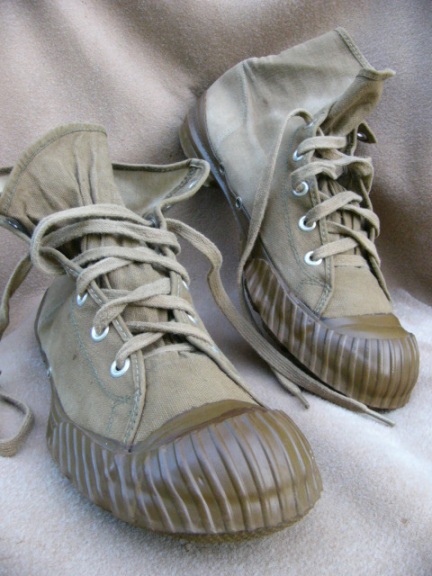
The Bosey boot.


The Converse Lucky Boy.


The Converse Skidgrip.


Converse wrestling shoe.


Converse Army shoes.
![converse-addict-chuck-taylor-all-star-the-anatomy-4[1]](https://blakplague.files.wordpress.com/2013/07/converse-addict-chuck-taylor-all-star-the-anatomy-41.jpg?w=520&h=346)
![303050_509599649089139_414992557_n[1]](https://blakplague.files.wordpress.com/2013/07/303050_509599649089139_414992557_n1.jpg?w=520&h=346)

Converse Japan’s Addict division revamped the Chuck Taylor All Star in many subtle ways. While not a true reproduction nor a retro, more of a re-envisioning. If the Chuck Taylor All Star had just been released today, it probably look like this. New colors are released every season.

Converse Japan make better reproductions. Their collab with United Arrows spawned the 1970s Chuck Taylor All Star 6 years before Converse America released their own reproduction. Made in Japan with materials true to the construction of the shoe, the right sole design, proper brandings, stitching, and an accurate box, this is probably the closest thing people will get to a true a 1970s Chuck Taylor All Star, without actually buying a vintage one. Multiple versions have been released.



Various unique designs from Converse Japan.
In short Converse Japan is superior than Converse in America today. In essence they are the true Converse. They pay attention to the details of design, they don’t compromise quality, and they pay tribute to their heritage. Hopefully they’ll get around to making a reproduction of the Converse Skoots. Til then people who have turned away from Converse in the last decade or so can rest easy knowing that the spirit of old Converse is still around. Maybe they might even find themselves falling in love with the brand once more.
*Converse Japan’s official Website





















![DSC03387[1]](https://blakplague.files.wordpress.com/2013/07/dsc033871.jpg?w=520&h=390)
![336454347_o[1]](https://blakplague.files.wordpress.com/2013/07/336454347_o1.jpg?w=520&h=390)



















![converse-addict-chuck-taylor-all-star-the-anatomy-4[1]](https://blakplague.files.wordpress.com/2013/07/converse-addict-chuck-taylor-all-star-the-anatomy-41.jpg?w=520&h=346)
![303050_509599649089139_414992557_n[1]](https://blakplague.files.wordpress.com/2013/07/303050_509599649089139_414992557_n1.jpg?w=520&h=346)





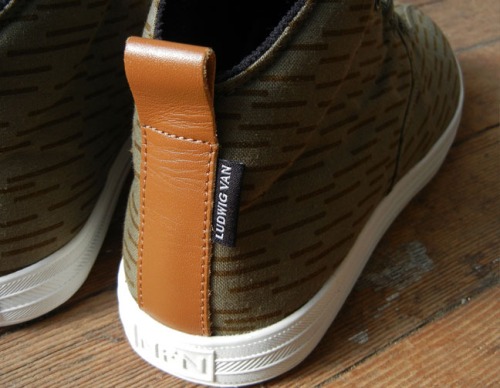


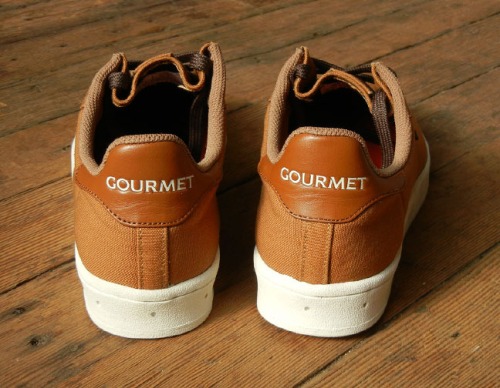
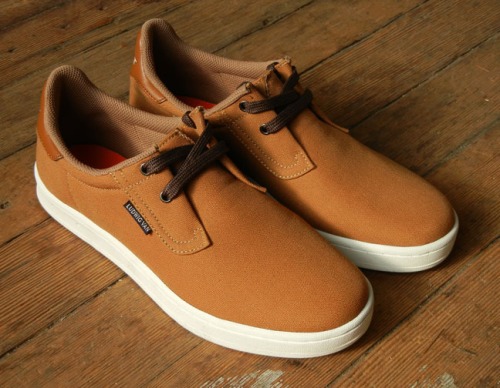
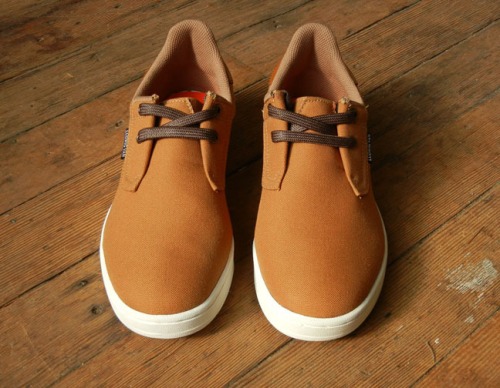


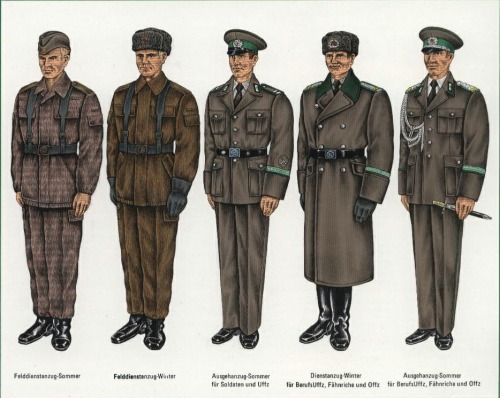
![DDR_lo1[1]](https://blakplague.files.wordpress.com/2013/02/ddr_lo11.jpg?w=520&h=372)
